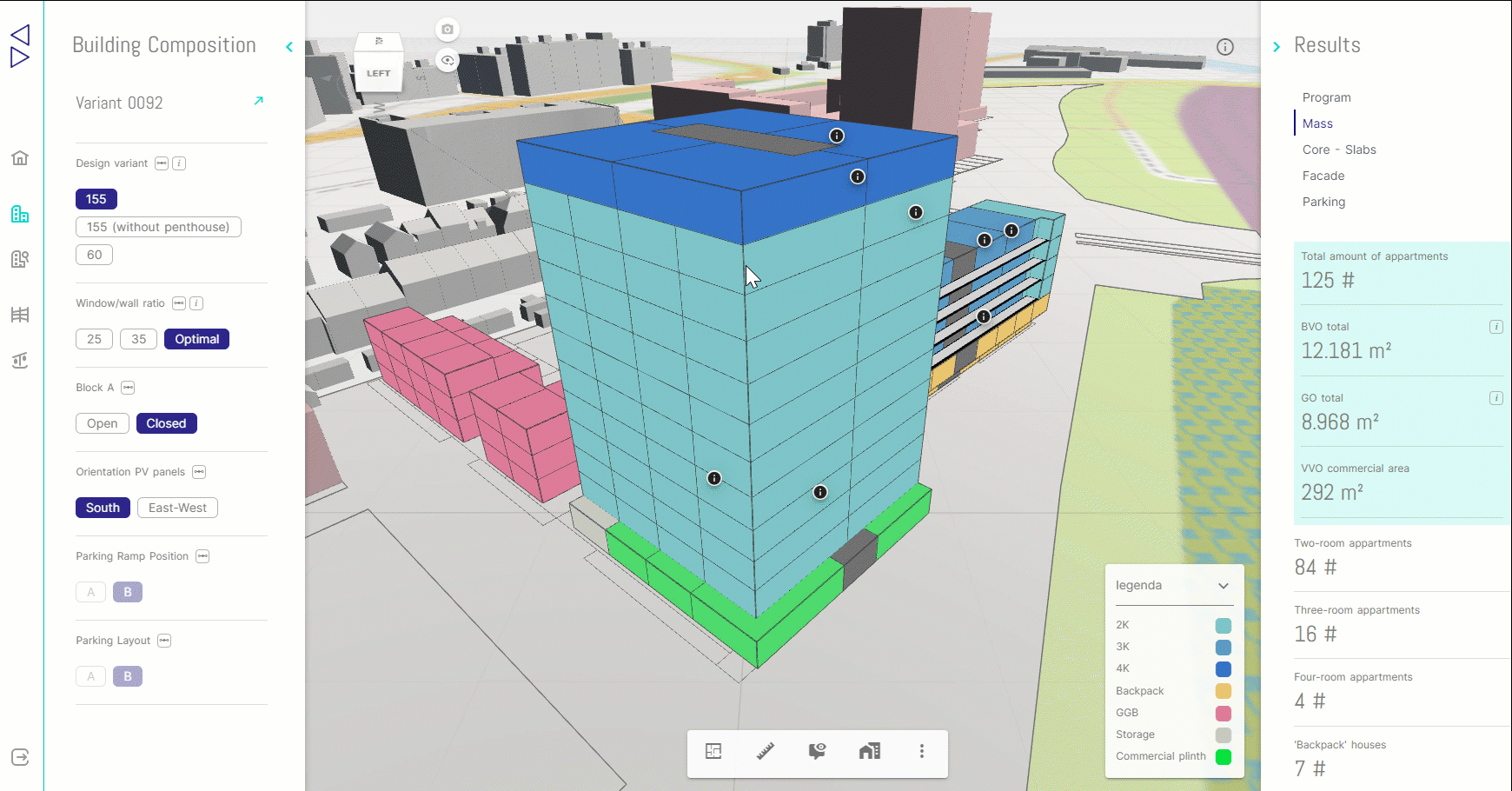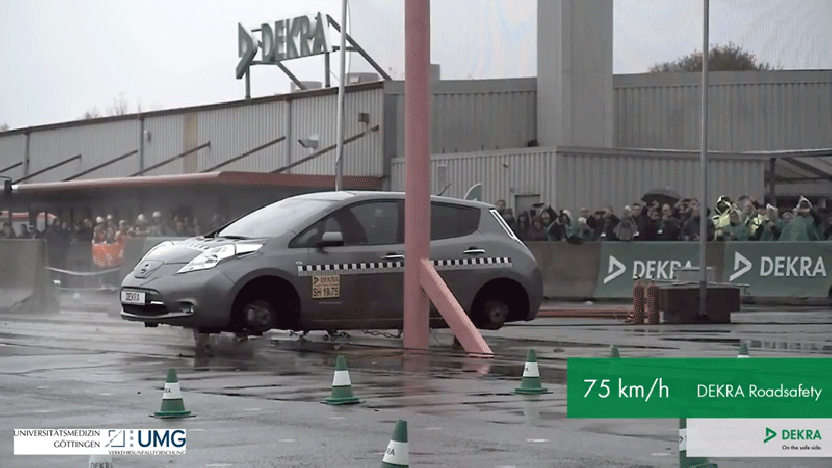Digital Twinning is a concept that has been slowly filtering into the mainstream across the globe in the past year. It’s part of a broader trend of the creation of virtual spaces & objects distinct from reality. For instance, Meta has been pouring billions of dollars into a questionable bet on the “Metaverse”. While Zuckerberg might be going one step too far here, the leaps in the underlying technology in this area of virtual reality, digital twins and metaverse should not be overlooked.
In this article, I’ll delve a little deeper into what is meant by this concept of a digital twin, first from a general perspective, then going more specifically into the construction industry, and what OMRT is doing in that space.
"Digital" + "Twin"
Although the concept is on the cutting edge of technology, it’s easily understood in practical terms. The “digital” represents computers & technology. And the “twin” represents a copy of your real world object in the virtual space. Put the two together and you can imagine a fully fleshed-out digital version of anything from a jet engine to a PC to a home. I previously discussed the difference between products in the virtual & real space with Andreja Andrejevic in a previous blog.

A residential building visualized in OMRT's Design Scout
The devil is in the details
But it's only when a high level of complexity emerges that the real reward (and investment) of creating a digital twin arises. I could draw a simple rectangular box in my virtual space, and claim it to be a digital twin of a car. But it wouldn’t be very useful to me without a higher level of density. Maybe I would just learn whether the spatial dimensions of my car would fit into a certain parking garage or not. Video game players might be familiar with the term “hit boxes”, a very simple map of the confines of the object.
More valuable digital twins
But what if I put more time, resources and computing power into creating this digital twin of my car? With enough resources, could we simulate the steering traction, tire degradation, material response to airflow at 130km/h, the impact of the car hitting off of another car, even placement, view and comfort of the passengers inside the car.
It’s easy to see how this could start to create value for the automotive industry. A hyper-realistic version of a Volkswagen Golf could be used to simulate its responses to all sorts of scenarios - such as crash testing. For an interesting case study in the implementation of digital twin in the automotive industry, check out what Renault have done overhauling their design process.

Although crash tests are necessary for vehicle safety, material wastage is clear to see
And the benefits are easy to see, less physical resources wasted in the design, development and testing phase of the car design. Just like a car crash test destroys an entire vehicle, trial and error in construction is an enormously resource intensive & wasteful process.
Digital Twins in other uses
But the automotive industry is just an example, countless use-cases from fast fashion design to jet engine repair are emerging at lightspeed across the world. The Island nation of Tuvalu is even hoping that digital twinning could help them avoid the worst effects of climate change.

The digital twin: no wasted resources & faster design iterations
Digital Twin in Construction
Real estate and construction are no exceptions to this explosion of digital twin technology. Sufficiently advanced technology to simulate a building to a high degree of detail can prove enormously valuable to constructors everywhere. Not sure how the addition of an extra floor could impact the building’s comfort, daylight impact on the surrounding area, or wind impact? That digital twin might just already know in an instant.
The definition of the term is also evolving. Once a digital twin required a physical object to already be in existence. These days, the twin is used increasingly before the object is ever built. And for these use cases, the construction sector still massively lags behind what we see in other industries.
The benefits today
Already digital twin solutions are sufficiently advanced enough to provide significant value to housing developments in the Netherlands. In the case of OMRT’s product for example, understanding of BVO/GO ratios, program, massing and physics analysis of buildings have countlessly proven their value already.
Future Twinning
At OMRT, we use the phrase "Future Twinning" to describe our twist on the digital twin concept. We are in the early stage of our product design, and while our product rests in the same concept as the digital twin as I've explained it to you here, we are still a long way from the completeness & complexity that we see in the Renault digital twin. So to avoid confusion, we love the phrase Future Twinning.
OMRT's Twin the Future, a twist on a digital twin
Upcoming path and development The position OMRT finds itself in is one of responsibility not only to explore the impact of digital twins in construction, but then to create this incredibly powerful & complex software ourselves. A part of our mission is then explaining and integrate this new way of doing things into the building industry.
We think that in 5 years, every major building project in the Netherlands will already have a digital twin created at the early stage of development. So for sure, we have a difficult task ahead of ourselves in this space, given the complexity of this technology. But there will always be innovators, risk-takers and early adopters, and we think the impact will be massive.
If you'd like to learn more, you can reach out to OMRT or quickly book a demo here.